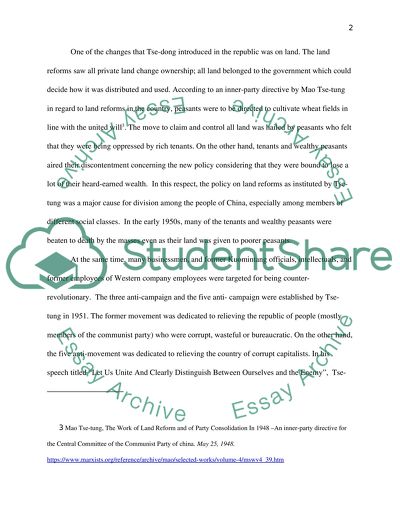Cite this document
(“China: Why has China shifted course so frequently in its post-1949 Research Paper”, n.d.)
China: Why has China shifted course so frequently in its post-1949 Research Paper. Retrieved from https://studentshare.org/history/1666162-china-why-has-china-shifted-course-so-frequently-in-its-post-1949-quest-for-political-integration-and-economic-growth-and-with-what-consequences-for-china
China: Why has China shifted course so frequently in its post-1949 Research Paper. Retrieved from https://studentshare.org/history/1666162-china-why-has-china-shifted-course-so-frequently-in-its-post-1949-quest-for-political-integration-and-economic-growth-and-with-what-consequences-for-china
(China: Why Has China Shifted Course so Frequently in Its Post-1949 Research Paper)
China: Why Has China Shifted Course so Frequently in Its Post-1949 Research Paper. https://studentshare.org/history/1666162-china-why-has-china-shifted-course-so-frequently-in-its-post-1949-quest-for-political-integration-and-economic-growth-and-with-what-consequences-for-china.
China: Why Has China Shifted Course so Frequently in Its Post-1949 Research Paper. https://studentshare.org/history/1666162-china-why-has-china-shifted-course-so-frequently-in-its-post-1949-quest-for-political-integration-and-economic-growth-and-with-what-consequences-for-china.
“China: Why Has China Shifted Course so Frequently in Its Post-1949 Research Paper”, n.d. https://studentshare.org/history/1666162-china-why-has-china-shifted-course-so-frequently-in-its-post-1949-quest-for-political-integration-and-economic-growth-and-with-what-consequences-for-china.


